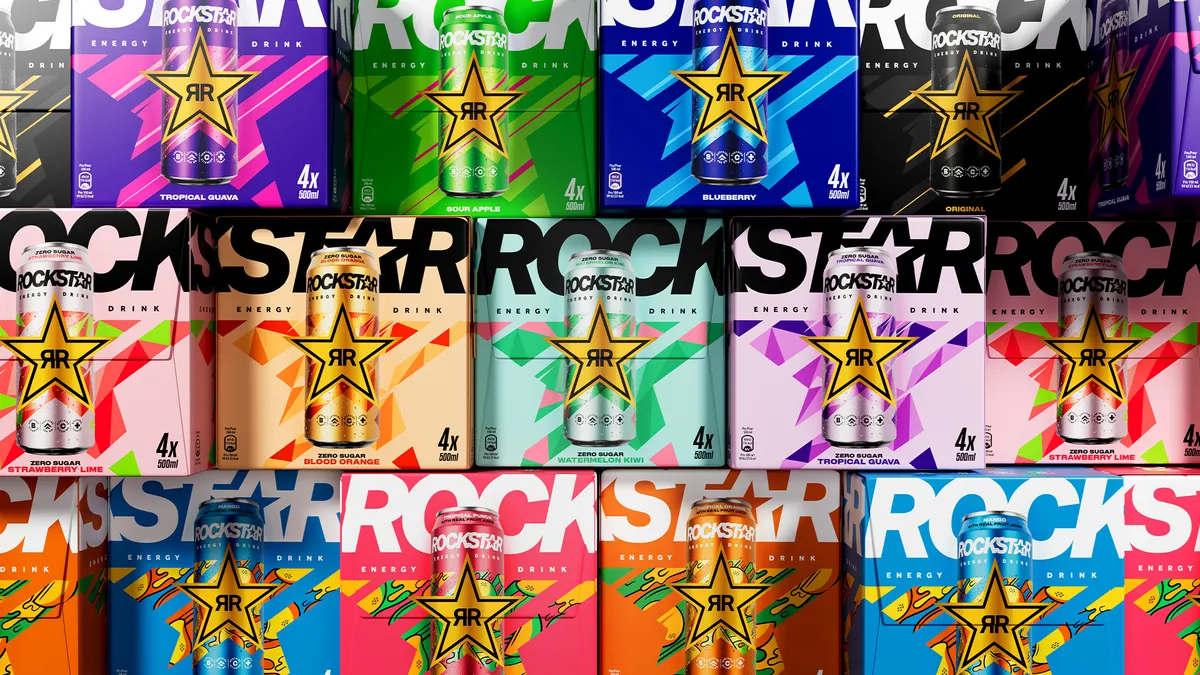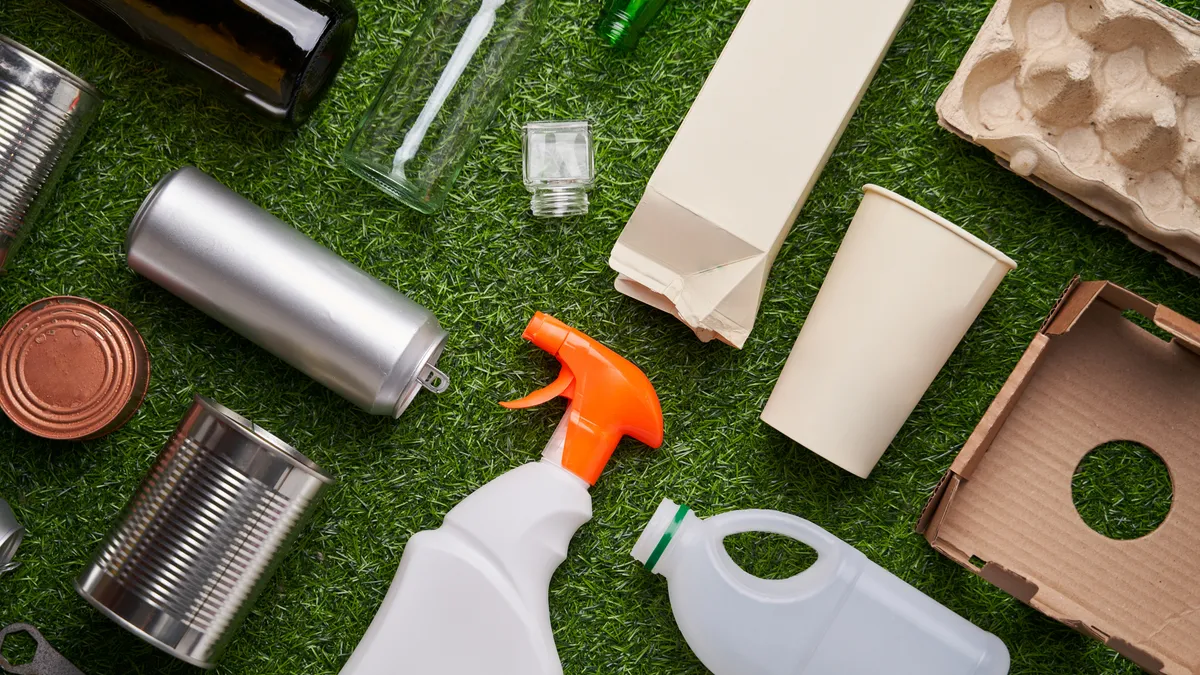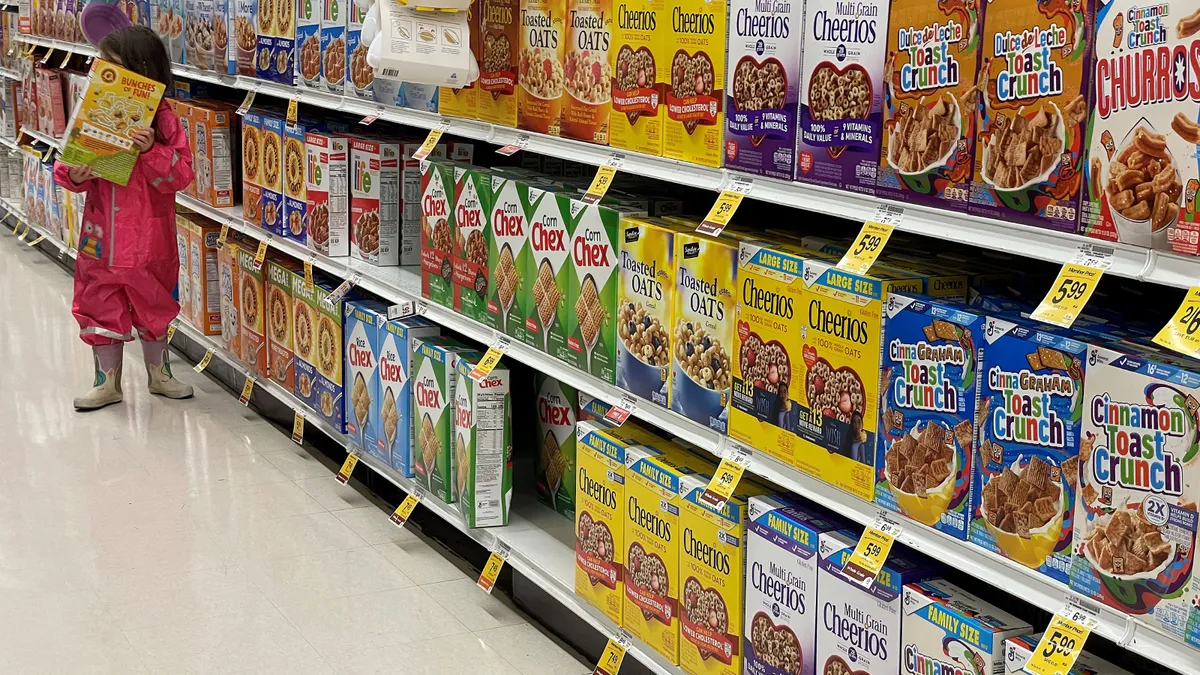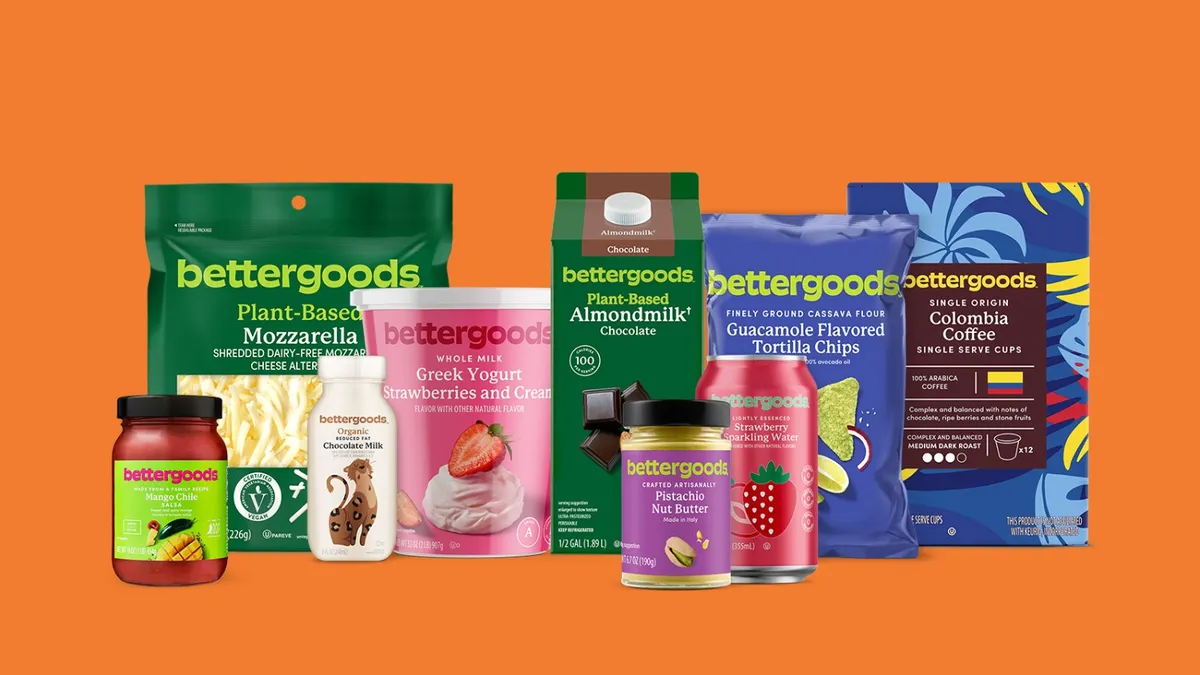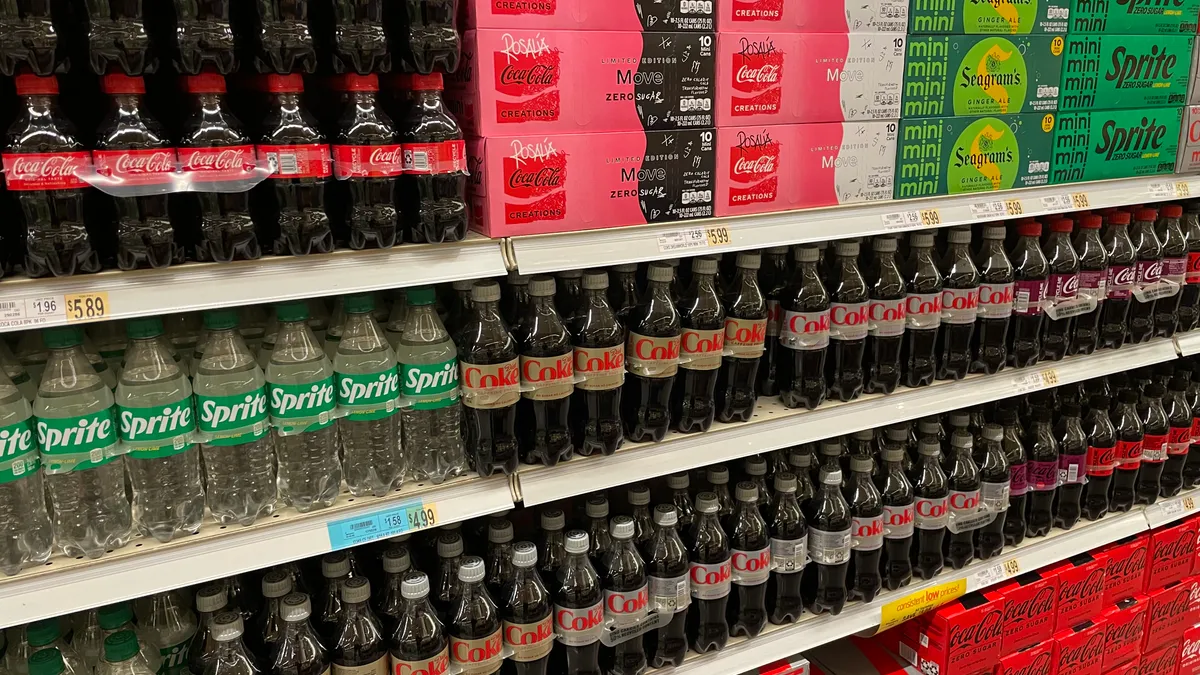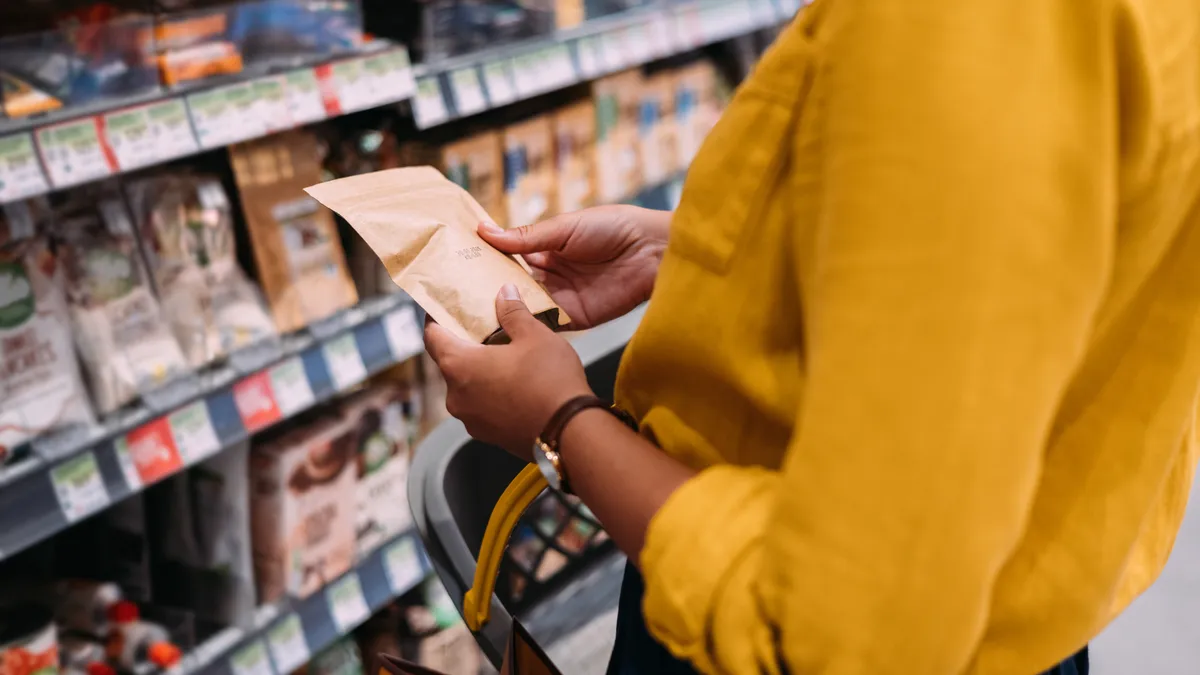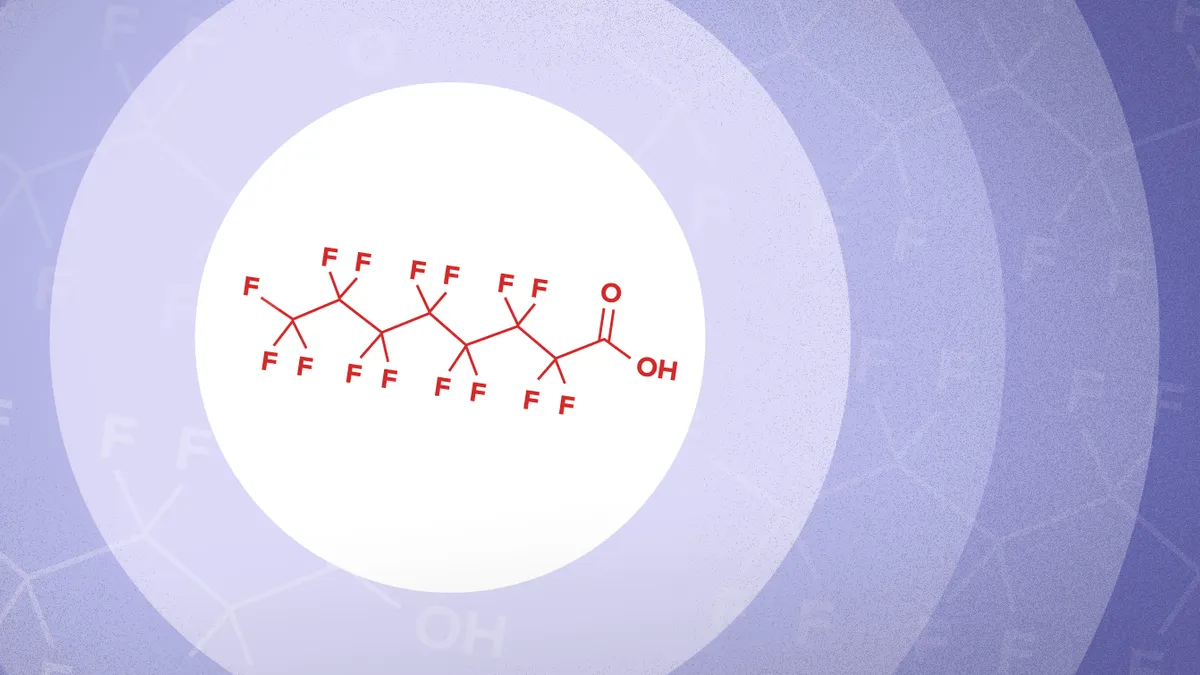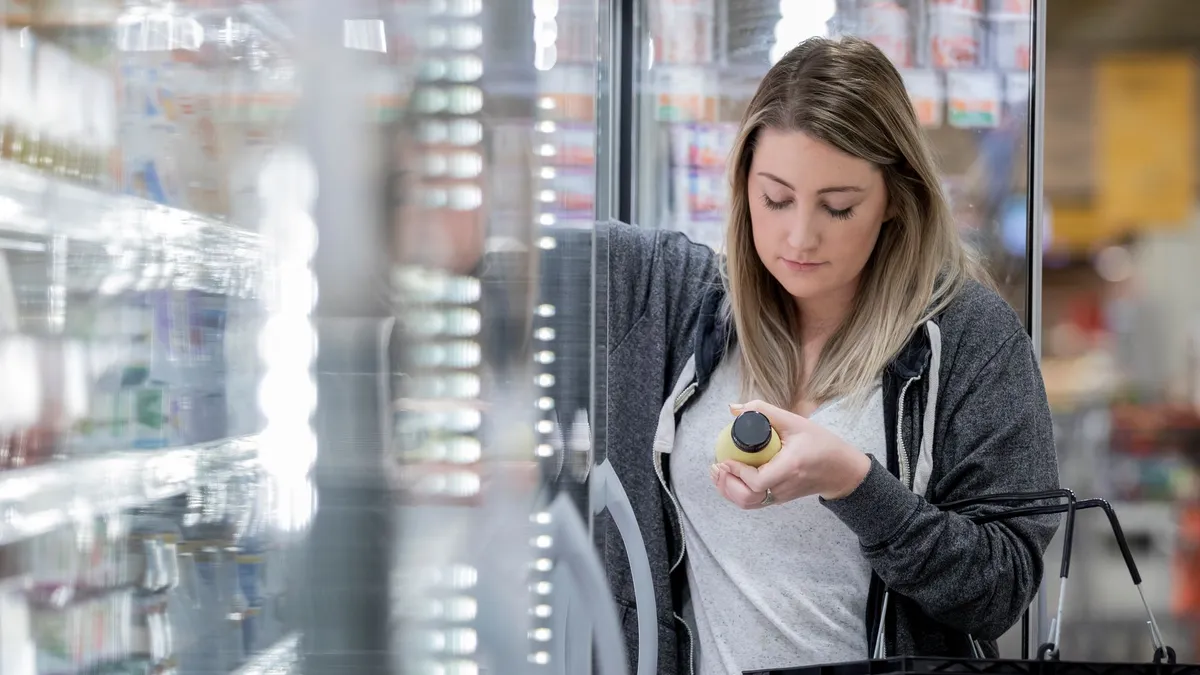When energy drink manufacturers work with packaging supplier WestRock on projects such as rethinking their multipacks, they have a few requests.
“We see the ongoing ask of us as suppliers to do things better, faster, cheaper, more sustainable,” said John Perkins, vice president of global packaging systems at WestRock.
It may seem like a laundry list, but it's critical in the buzzing sector that is energy drinks. Established companies, like Monster and Red Bull, are revamping portfolios and packaging designs. Newer entrants, like Celsius, are expanding rapidly with new SKUs and pack configurations. And brands within a larger portfolio, like PepsiCo's Rockstar, are refreshing their looks.
New formats, sizes and designs aim to keep current consumers and reach new ones. More women are starting to drink the beverages, in a category where men aged 18 to 34 lead consumption.
Over the last year, energy drink sales in the U.S. totaled $20.8 billion, nearly 10% higher than the year before, according to NIQ data. The category has outpaced bottled water, which notched $19.3 billion in sales during the same time frame. Energy drinks also brought in more than double the sales of sports drinks.
Let the design shine
As a wider demographic buys energy drinks, brands are updating their designs to appeal to more consumers and convey a particular lifestyle. Celsius, with its minimalist white can and zero-sugar claim, is “like a grownup version of an energy drink,” said David Luttenberger, global packaging director at Mintel.
He sees brands increasingly focused on graphics that communicate what the product will do for a consumer. “Is it going to energize? Is it going to alter your mood? Is it going to revitalize and refresh?” he said.
For the first time in four years, Rockstar redesigned its packaging recently in a handful of international markets, with the initial rollout in Germany, Poland and the U.K.
“We wanted to show that there’s a Rockstar for the modern-day drinker that fits their lifestyle,” Marie-Therese Cassidy, PepsiCo’s vice president of design in Europe, said via email. “With simplicity and levity infused into the look and feel, we’re aiming for greater inclusivity and accessibility.”
The typography is lighter, and the colors are brighter and bolder, with more background space to highlight flavors. But it’s still distinctly Rockstar.
“We merged Rockstar’s iconic gold star with the refreshed wordmark,” Cassidy said. “It creates consistency across our entire portfolio.”
Keeping brand identity is key as energy drinks evolve their packaging. Monster is known for its claw-shaped “M.” Prime, which makes energy and hydration drinks, has its name written vertically on the can, which Luttenberger said is usually “taboo” in packaging design. “But they do it in such a large point size … you almost can’t help but notice it.”
When it comes to on-pack design, the possibilities are near limitless for energy drinks, which use all kinds of bright colors, unique fonts and bold graphics.
“This is a category that I call a package design hot mess,” Luttenberger said. “There are no holds barred.”
Aluminum is king
While energy drink designs vary greatly, the packaging materials themselves are quite universal.
“You don't see too much with regards to a different style can,” said Jamie O’Dell, senior buyer at BevSource. “For the most part, a can is a can.”
More than 90% of energy drinks are packaged in aluminum cans, according to Luttenberger. The remaining minority are in PET bottles, with a very small percentage in glass.
The giants of the energy drink industry note similar patterns in their offerings. In Monster’s 2022 sustainability report, it said aluminum made up 97.8% of its packaging portfolio by weight. PET composed 1.2%, and paper/cardboard was 1%. Red Bull touts that its cans are “forever recyclable” and mentions the energy savings of using recycled cans compared to producing a new can.
Aluminum cans have functional benefits, too. They’re “strong and sturdy, yet light in weight, neutral in taste, compact in shape and light-proof,” per Red Bull. Energy drinks are sometimes consumed in an active setting, where glass could break. Most cans are 12 or 16 ounces, but they can range from as small as an energy shot to upwards of 20 ounces.
Using aluminum helps to distinguish energy drink brands from hydration beverages, which are typically hot filled into PET bottles, O’Dell said. The differentiation is important to energy drink makers, which both compete with hydration beverages (such as sports drinks) but also have them in their portfolios. PepsiCo, for one, makes Rockstar, an energy drink in a can, and Gatorade, a sports and hydration beverage with a variety of packaging types including PET bottles.
“If you have five SKUs of energy drinks and you’re trying to rebrand with a hydration drink, you want to make it look a little bit different,” O’Dell said.
Perkins has seen beverage makers set up canning operations next door to an aluminum production plant. That allows product to “literally go through the wall” from the aluminum plant to the can filling factory, which avoids additional handling and transportation.
“It further supports that sustainability aspect,” Perkins said.
However, Luttenberger said the recyclability aspect generally is not marketed on cans. About half of energy drinks have on-pack claims related to recycling, but “they are not using any environmental attribute as a calling card … to sway a purchasing decision,” he said.
Luttenberger sees this as an opportunity for energy drink brands to differentiate and appeal to consumers looking to make a positive impact on the environment, noting that “energy drink brands have a lot of influence over kids and young adults when it comes to helping them understand environmental responsibility.”
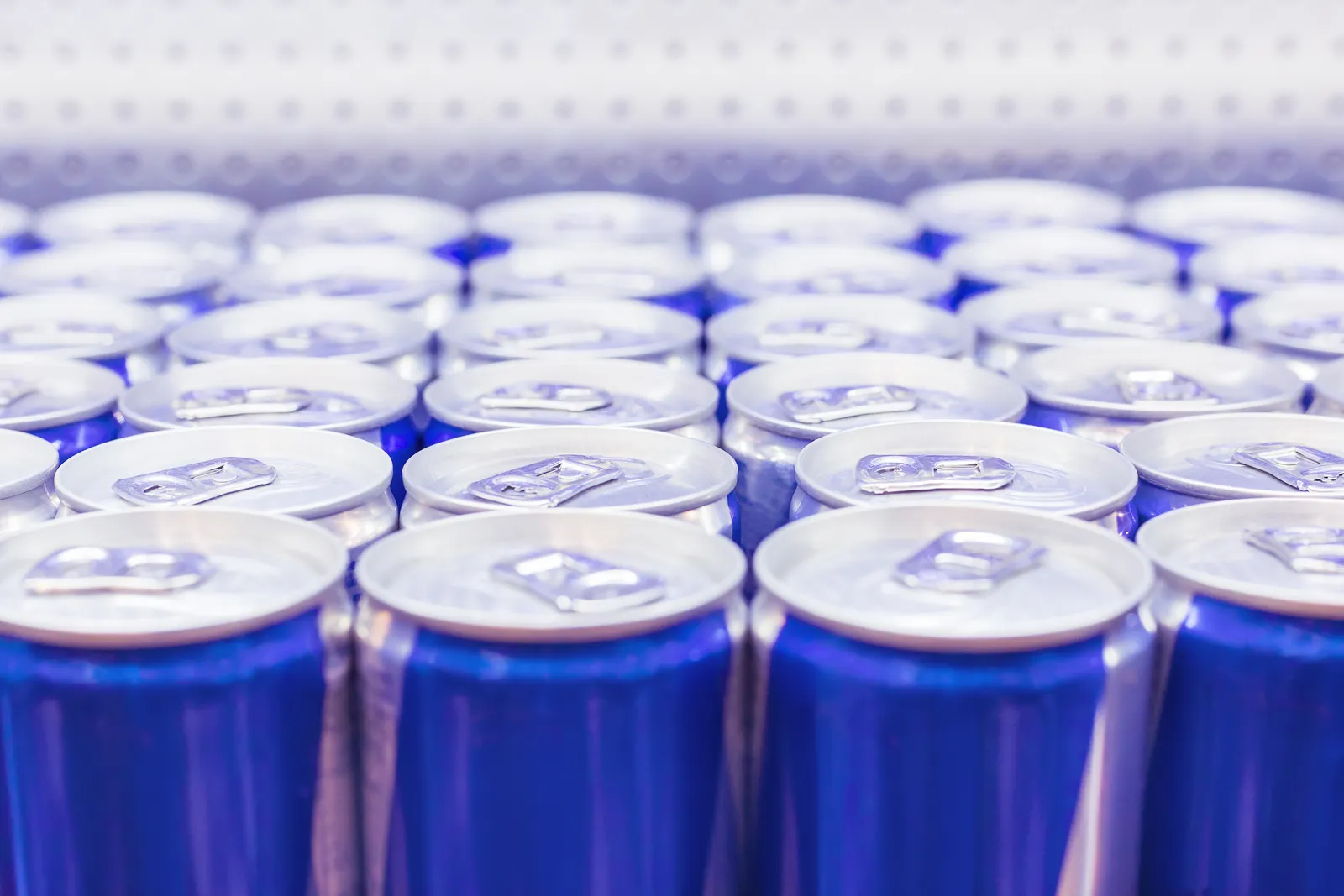
Sticks and packs
While they stick with aluminum cans, energy drinks are mixing up their packaging in two ways.
One is an entirely different type of packaging in energy drink makers’ portfolios: stick packs.
These packs contain powdered forms of the beverage and are designed to be mixed with water in the consumer’s own container. Celsius sells nine flavors of on-the-go stick packs, in various multipack counts, branded with the same health claims as its canned beverages. C4 sells “Smart Energy Stick Packs” in 14- and 20-packs. The packaging type is yet another way to compete with hydration beverages, which are abundant in the stick pack format.
Brands use significantly less packing material, water and shelf space when selling their beverage in powdered form. But O’Dell said most stick packs are made of plastic film, which isn’t ideal for beverage and packaging manufacturers putting sustainability high on the priority list.
“Every company that isn't thinking about sustainability is doing themselves a disservice,” O’Dell said. “Consumers are plenty aware.”
The other change is via multipacks. Energy beverages have a higher price point than soft drinks and have historically been sold in single-serve cans or four packs, Perkins said. But he’s seen a “surge” in 8-, 10- and 12-packs “that previously were not there.” Brands are going even bigger in the club channel with 24-packs, which are usually packaged in tray shrink.
With multipacks, packaging manufacturers have to ensure the can design isn’t hidden. Perkins said WestRock has developed paperboard packaging that has special varnishes or print decoration “to support our customers to capture that consumer … when they’re making that buying decision.”
“We have to come up with creative solutions on the packaging,” Perkins said. “You want to show the can … making that connection with the consumer is really important.”


